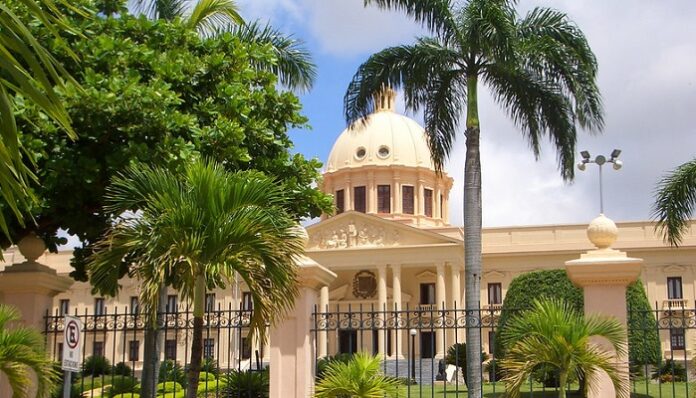
We all love to travel and explore new places. But if you love to explore historical sites, today is your day to celebrate. April 18 marks World Heritage Day, also known as International Monuments and Sites Day. The UN chose April 18 specifically to increase awareness of cultural preservation and historical sites.
So, if you plan on researching some historical sites for your summer travels, we have you covered. Each of these sites mentioned is on the UNESCO World Heritage Convention list. Here are seven spots to consider visiting:
1. Angkor, Cambodia
Angkor is an archaeological site filled with temples and motifs. Though seemingly small in pictures, the building is four times bigger than Vatican City. Angkor foreshadows Cambodia’s ancient and modern history: These temples housed nobles over a thousand years ago. Then, after a lost battle, the site was abandoned. And preservation wasn’t easy due to political and economic instability.
But nowadays, Angkor is one of Cambodia’s most popular tourist attractions. It’s also the temple on the country’s flag.
2. Samarkand, Uzbekistan
Founded in the 7th century BCE, Samarkand was a notable town along the Silk Road. The three parts of Samarkand represent Uzbekistan’s history: one is an archaeological site with remnants of Afrosiab, the South was built during the Temurid epoch, and the West was built under USSR rule. While walking through Samarkand, no one can help but notice the beautiful mosques and madrasas. Samarkand is indeed a mix of different cultures and will always be.
3. Ancient Thebes with its Necropolis, Egypt
Thebes is known as the city of the king of gods, Amon. It was the capital of Egypt during the Middle and New Kingdoms. When you scroll through the site, you can see multiple temples, tombs, and remnants of archaeological excavations along the Nile. The city was built to honor the living and the dead, so you can also catch some colossal statues along the way.
4. Jomon Prehistoric Sites in Northern Japan
This place consists of 17 archaeological sites ranging from northern Tohoku to southern Hokkaido. If you’ve taken an anthropology class and learned about the Neolithic period, you’ll love this place. The Jomon period ranged from 10,500 BC to 300 BC. Throughout these sites, you’ll see small huts, ceremonial places, burials, and pots, and learn more about one of ancient Japan’s greatest cultures.
5. Kronborg Castle, Denmark
Shakespeare fans may know that the story of Hamlet took place in Kronborg Castle. The castle was referred to as “Elsinore” in the play, which is now the English name for Helsingor. Established in 1420, the castle went through an eventful history, being burnt and renovated. Moreover, the castle also has a creepy aspect for horror fans. There are crypts and catacombs hidden, along with a mythical statue of Holger the Dane.
6. Stone Circles of Senegambia
There are a total of 1053 stone circles and over 28,000 monoliths on this site. The four stone circles selected for the UNESCO list are Wassu and Kerbatch in Gambia and Sine Ngayene and Wanar in Senegal. If you’re wondering who created these circles and burials, archaeologists and historians are still figuring it out. Though the artifacts date between the 3rd century BC and the 16th century AD, the origins remain unknown.
7. Colonial City of Santo Domingo, Dominican Republic
Remember the brutal story of Christopher Columbus? This town is where colonialism all started. The urban grid plan of the town of Santo Domingo influenced the layout of other colonized towns. And since the Spanish first arrived, Santo Domingo marked the birth of educational institutions in the Americas.
When visiting this site, please remember how Columbus’ Doctrine of Discovery has impacted the Indigenous people of the Americas. Moreover, acknowledge that colonizers took the land you visit away from Indigenous people. There have been articles advocating for reconciliation, so it’s important to educate yourself on the effects of Columbus’ actions.
These seven heritage sites are only a few out of the 1157 sites selected by UNESCO. All the sites all have historical and architectural significance, as they mark the birth of a nation and change. So, whenever visiting these sites, it’s important to research the impacts and influence. After all, World Heritage Day is the day to educate yourself on places that you may have never known about and explore the past.
Featured image via Flickr


















